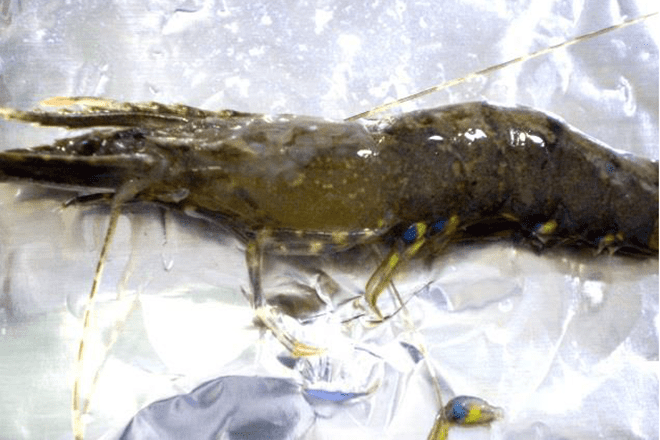BIOSECURITY Queensland has completed destruction activities in all production ponds on all the white spot disease infected premises in the Logan River area.
In accordance with the nationally agreed emergency animal disease response plan, all ponds on infected premises must be destocked. The priority is to protect the immediate environment and the broader industry from any potential source of infection by white spot disease. Disposal and decontamination planning is well advanced for the management of the treated ponds and associated material, including dead prawns.
Biosecurity Queensland is continuing tracing investigations of materials on and off the infected premises to determine the source of the virus and its potential geographical spread. At this stage, it is not known how the virus came to be present on the aquaculture premises or if the virus is established in wild populations. Comprehensive surveillance activities are supporting this important area of work, including samples from the wild environment in southern Moreton Bay and the Logan, Brisbane and Pine rivers.
Given the significant number of samples entering the laboratory system, Queensland has made arrangements with the Elizabeth Macarthur Agricultural Institute in NSW to test wild population samples. All results will be returned to Biosecurity Queensland for analysis. Samples also continue to be tested at the Australian Animal Health Laboratory and Queensland’s Biosecurity Sciences Laboratory.
Description
WSD is a viral infection that affects crustaceans. Australia has previously been WSD free and this is the first confirmed case we have had in an aquaculture setting. Prawns with WSD may have a loose shell with numerous white spots (0.5-2.0 mm in diameter) on the inside surface of the shell and a pink to red discolouration.
Signs to look for include:
- unusual mortality;
- prawns coming to the edge or water surface of the pond;
- prawns demonstrating unusual swimming patterns;
- reduced feeding and failure to thrive;
If you suspect a disease on your property you must report it to Biosecurity Queensland on 13 25 23 or the Emergency Animal Disease Watch Hotline on 1800 675 888. Further information on white spot disease is available from the Department of Agriculture and Water Resources.
 Bush ‘n Beach Fishing Magazine Location reports & tips for fishing, boating, camping, kayaking, 4WDing in Queensland and Northern NSW
Bush ‘n Beach Fishing Magazine Location reports & tips for fishing, boating, camping, kayaking, 4WDing in Queensland and Northern NSW









